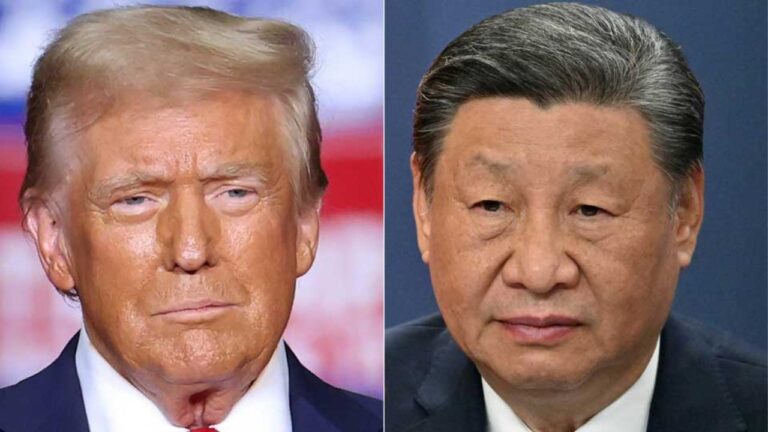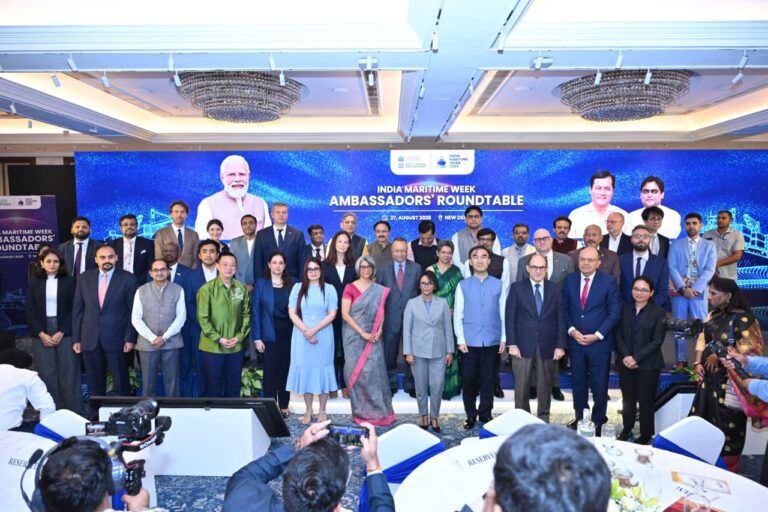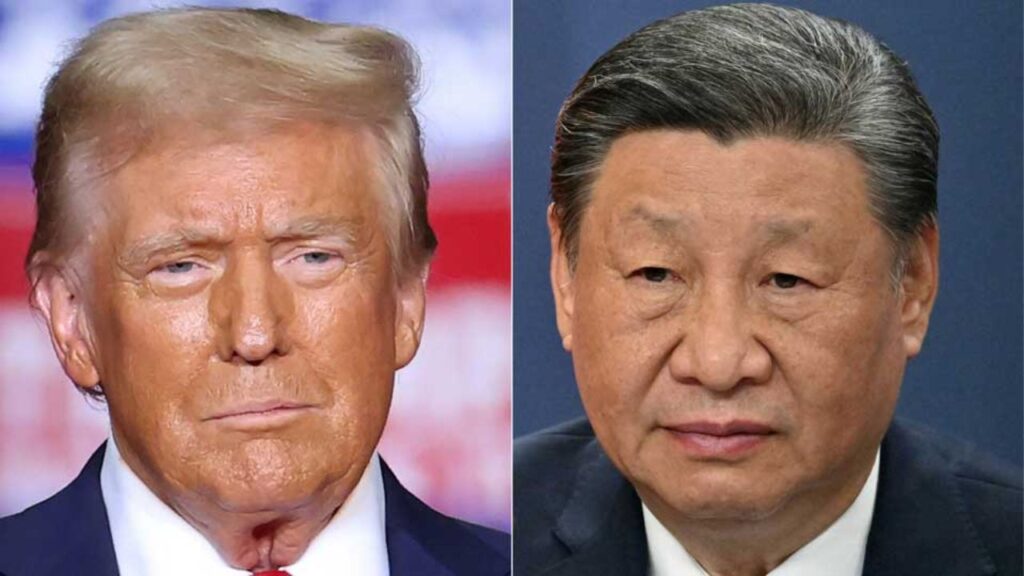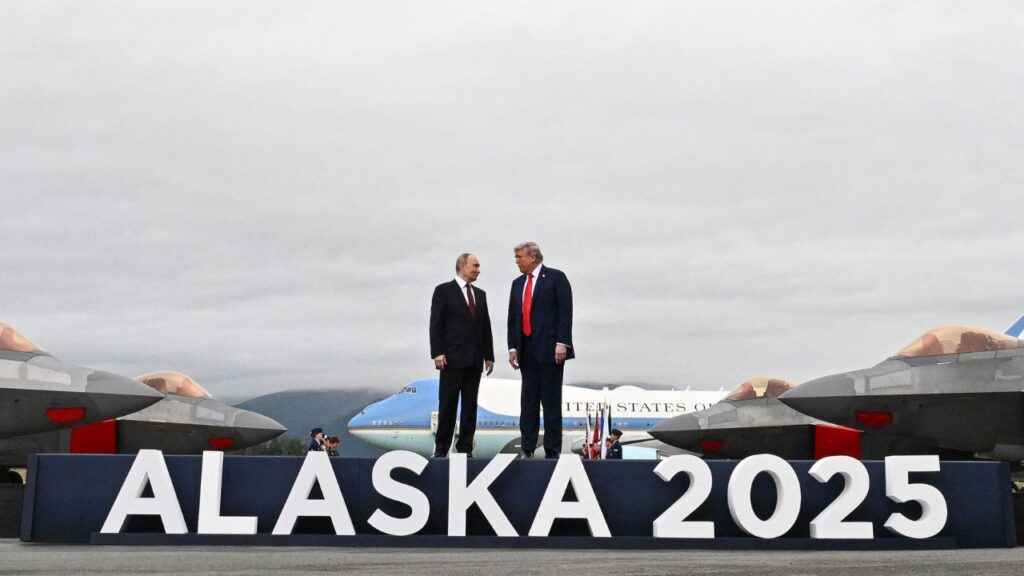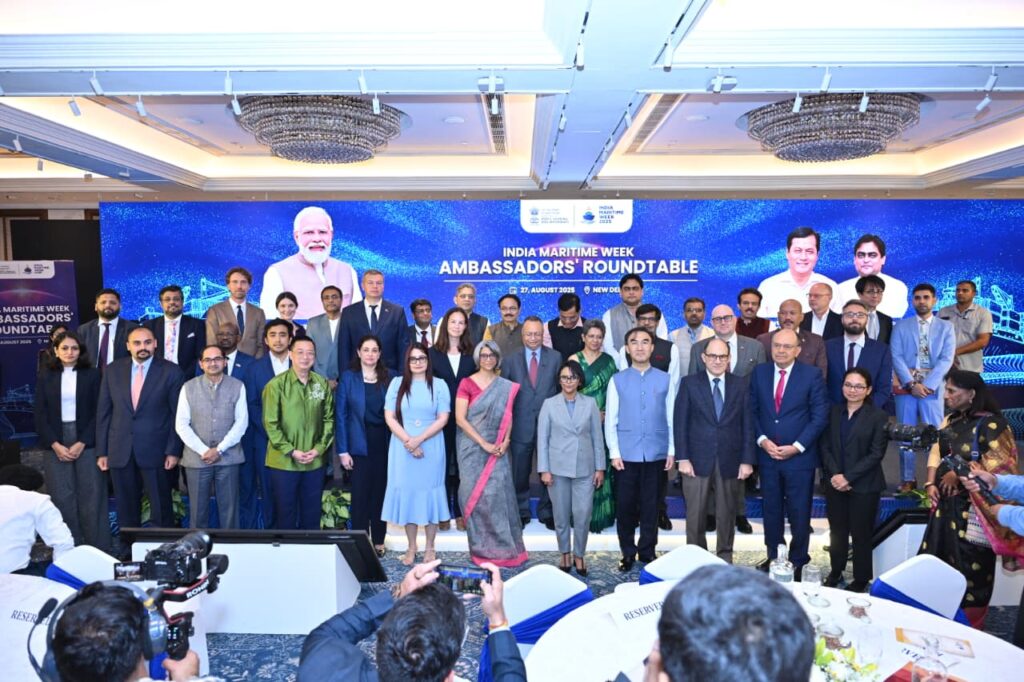India has worked diligently to attract businesses seeking to diversify away from China through a strategy dubbed “China Plus One.” Indian authorities have streamlined regulations and modernized the country’s infrastructure, addressing two key barriers that previously hindered business investment.
This push has yielded impressive results in some sectors, bringing in much-needed investment. Apple’s production shift exemplifies this success as the company began moving a significant portion of its phone production to India from China about a decade ago. According to technology research firm TechInsights, India produced approximately 14% of Apple’s iPhones in 2024, up from zero nine years ago. Notably, the Trump administration has exempted iPhones from most tariffs.
The growing trend of supply chain businesses moving out of China, which accelerated during Trump’s first presidency, has remained under close observation as part of efforts to control trade flows in the Global South. India emerged as the epicenter of this narrative, initially considered a viable option by American companies seeking to diversify their supply chain portfolios due to its vast population and intellectual capital, making it an effective hedge against China.
However, India has been a source of concern for Washington due to its continued purchase of Russian oil despite multiple warnings, particularly amid Trump’s efforts to pressure President Vladimir Putin over Russia’s war in Ukraine.
Uncertainty over U.S. trade policy now prevails. Some hope Trump will reduce India’s tariffs following his anticipated meeting with Putin this week. With India previously facing 25% tariffs, it may be hit with an additional 25% depending on how the Washington-Beijing tariff negotiations unfold.
ASEAN countries such as Vietnam and Malaysia, which attempted to capitalize on trade tensions between India and the U.S. by luring businesses away from China, have been assigned tariff rates of around 20%. This raises questions about potential major supply chain disruptions in the Global South.
Furthermore, Trump intends to impose higher levies on trans-shipped products—those assembled in third countries using Chinese components. However, the exact mechanism for implementing such tariffs remains unclear.
India cannot afford a protracted trade negotiation with Donald Trump. The Indian economy cannot withstand continuing uncertainty while facing slowing consumption and investments, both domestic and foreign.
In January this year, UBS Group’s research division stated that India’s $4 trillion economy has entered a structural slowdown that cannot be explained by cyclical factors like oil-price increases or declining government spending. The deceleration is driven by long-term moderation in credit growth, foreign direct investment, export competitiveness, and earnings potential.
During the same period, Manik Narain, head of EM strategy research at UBS, said the “conventional wisdom that India is ‘far removed’ from Trump risk compared to other emerging markets is debatable.” A potentially higher-for-longer U.S. yield environment poses challenges to India’s growth, given that it has one of the highest debt service-to-revenue ratios among major emerging markets.
After five rounds of talks spanning four months, India failed to secure even an interim agreement on tariff negotiations. According to media reports, there is now a desperate attempt to find new intermediaries who can determine what might work with Trump. Reports also suggest that Prime Minister Modi may try to meet him next month during the UN General Assembly meeting in New York.
According to the Times of India, the current tariff structure notably excludes key Indian farm exports, suggesting either minimal U.S.-India agricultural trade or deliberate omission. The absence of basmati rice, spices, tea, and processed foods—India’s traditional agricultural strengths—is conspicuous.
Key exports face devastating tariff walls: textiles (59% tariff), apparel (63.9%), and carpets (52.9%). These could cripple labor-intensive sectors employing millions. The 50% blanket tariff disproportionately impacts India’s manufacturing strength while sparing services.
Notably, high-value exports like pharmaceuticals and smartphones retain temporary exemptions, suggesting strategic U.S. considerations around supply chain dependencies. Therefore, India’s export competitiveness across traditional sectors faces an existential threat.
The broader economic disruption could devastate rural economies indirectly. Manufacturing job losses in textiles and apparel will reduce urban employment opportunities for rural migrants, forcing them back to already stressed agricultural sectors. This could trigger rural distress and food security concerns.
The implications are severe: targeting labor-intensive exports undermines India’s demographic dividend strategy, potentially destabilizing the rural-urban economic pipeline that absorbs surplus agricultural labor and creating socio-political tensions.
The 50% tariff to be imposed by Washington within two weeks on Indian products exported to the U.S. will make them prohibitively expensive in the American market. This could severely impact exports, particularly affecting smaller enterprises, according to a Bloomberg report.
Sources indicate that India maintains its firm stance on agriculture and dairy market access, considering them non-negotiable. Prime Minister Narendra Modi has explicitly stated his commitment to safeguarding farmers’ and the dairy sector’s interests.
The United States seeks expanded market access for its agricultural products, including corn, soybeans, apples, ethanol, and dairy items. India continues to resist these demands, considering their direct impact on its farming community.
To mitigate additional tariffs, some experts suggest India should soften its firm position from the five rounds of negotiations, especially regarding opening up the agriculture and dairy sectors.
India’s poor and lower middle class are already bearing the cost of economic mismanagement. The Trump tariffs, even at 25%, will likely worsen conditions. As per Top research firm’s tariffs could slash India’s GDP growth by 0.2%-0.5% within a year.
Disturbing UPI payment data published by online publication Morning Context shows the highest growth is being recorded in repayments of past debts. This real-time payment data, reflecting spending by the vast lower middle class, also shows slowing consumption, both discretionary and non-discretionary. It is well known that average middle-class Indians have been drawing on their savings for consumption as wages and salaries have stagnated, even in sectors like I.T. where conditions were better until recent years.
For India, this represents a critical test of its multi-alignment strategy. The tariffs could accelerate India’s pivot toward alternative markets—deepening ties with China, Russia, and the Global South through BRICS mechanisms. This economic coercion may backfire by pushing India closer to U.S. adversaries, undermining Washington’s Indo-Pacific strategy where India serves as a crucial counterweight to China. The policy risks fracturing the QUAD partnership and democratic alliance frameworks that anchor U.S. regional influence.


